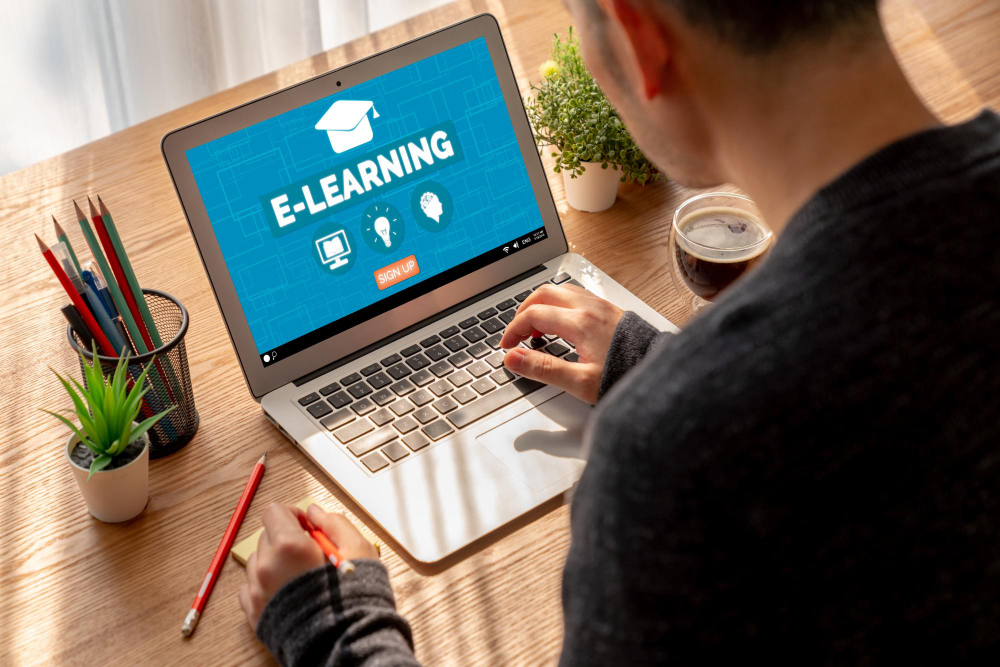Ineffective training programs can be detrimental to both organizations and learners, often resulting in wasted resources and unfulfilled learning objectives. In today’s digital age, eLearning offers dynamic solutions that can revitalize old or ineffective training programs, ensuring that they engage learners, enhance retention, and ultimately deliver results. By focusing on key eLearning strategies, organizations can transform their mundane training into lively and impactful experiences.
One of the most essential strategies for revitalizing eLearning involves embracing microlearning. Microlearning breaks down information into bit-sized modules, making the content more digestible and less overwhelming. Learners can absorb information at their own pace, and the short, targeted modules help to maintain their interest and focus. By implementing microlearning, organizations can meet the needs of today’s digitally-savvy learners who are accustomed to consuming information in quick, manageable chunks, thereby increasing retention and fostering a more interactive learning environment.
Another critical aspect of effective eLearning is personalization. Tailoring training programs to meet the individual needs of learners enhances their engagement and motivation. By leveraging the capabilities of technology, personalized learning paths can be created to cater to different learning styles, preferences, and pace. This customization ensures that learners feel valued and understood, leading to higher levels of engagement and better learning outcomes. Organizations can collect data on learning behaviors and preferences to continually refine these personalized experiences for optimal effectiveness.
Gamification is another powerful technique that can invigorate eLearning courses. By integrating game-like elements such as rewards, badges, and leaderboards, learning becomes a more fun and competitive experience. Gamification not only increases engagement but also encourages learners to complete modules and participate in additional learning activities. This approach taps into the intrinsic motivation and competitive nature of learners, allowing them to feel accomplished and challenged, which contributes to a deeper understanding and a more fulfilling learning experience.
Incorporating interactive multimedia elements can dramatically enhance the quality and impact of eLearning. Visuals, animations, simulations, and videos can help break up the monotony of traditional text-based content, making the learning process more enjoyable and stimulating. These elements can cater to various learning preferences – visual, auditory, and kinesthetic – thus accommodating a wider audience and improving comprehension. When learners can see and experience concepts in action, they are more likely to understand and retain the information being conveyed.
Another effective way to boost eLearning program effectiveness is through ongoing feedback and assessment. Implementing regular quizzes, surveys, and assessments allows learners to track their progress and understand their strengths and weaknesses. Real-time feedback helps identify areas that need improvement, fostering a culture of continuous learning and growth. By engaging learners in this reflective process, organizations can ensure that their training is not only effective in the short term but also contributes to the learner’s long-term development.
Finally, fostering a community learning environment can enhance eLearning experiences. Providing channels for learners to interact with each other, such as discussion forums and social media groups, encourages collaboration and knowledge sharing. Peer-to-peer interaction enriches the learning experience, making it more social and less isolated. By cultivating a sense of community, learners can exchange ideas, support each other, and build a network of resources that can enhance their learning journey. This collaborative aspect accelerates learning and ensures that knowledge is shared and applied effectively beyond the training environment.
In conclusion, ineffective training programs no longer have to plague organizations struggling to develop their workforce. By leveraging modern eLearning strategies, such as microlearning, personalization, gamification, interactive multimedia, continuous feedback, and community learning, training sessions can be transformed into engaging, effective, and enjoyable experiences. These methods not only improve retention and application of knowledge but also empower learners to develop their skills more holistically, ensuring that training programs deliver real value to both the organization and its employees.
